From itchy skin to chronic ear infections, severe food allergies in dogs can leave your pup (and you!) downright miserable.
In your battle against all-things-allergen, you’ve likely stumbled across hydrolyzed dog food as a potential option in your research. But what are these high-tech doggy diets, and are they a good choice for your four-footer?
Below, we’ll explain what hydrolyzed protein dog foods are, when they’re appropriate, and the pros and cons they present.
Key Takeaways: What Is Hydrolyzed Protein Dog Food?
- Hydrolyzed dog food is a special type of canine diet that’s made with modified proteins. These proteins are modified in a process that uses water, hence the name “hydrolyzed.”
- Hydrolyzed dog foods are usually only recommended for dogs suffering from inflammatory bowel disease or severe food allergies. Accordingly, these foods are typically only available with a veterinary prescription. If you’re in the market, consider checking out our list of the best hydrolyzed dog food here!
- Hydrolyzed dog foods are almost always more expensive than regular kibbles. However, they’re usually (though not always) effective, which makes many owners willing to foot the extra expense.
What Is Hydrolyzed Protein Dog Food?

Hydrolyzed protein dog food features proteins broken down into tinier parts with water in a process called hydrolysis, earning the “hydrolyzed” name.
Breaking proteins down into smaller components helps them slip by your dog’s immune system, preventing an allergic reaction and allowing your dog to absorb nutrients without itchy skin, digestive upset, or other painful responses.
Which Dogs Need a Hydrolyzed Protein Dog Food?

Hydrolyzed protein dog food is veterinary-prescribed for specific medical conditions, so it’s only available to dogs who need it. Don’t expect to cruise over to Amazon or Chewy and grab a bag without a prescription.
There are two primary canine health issues that are treated with hydrolyzed proteins:
- Food allergies: Dogs with food allergies may need a food that’s a step above a traditional limited-ingredient dog food or single-protein dog food recipes. These allergies can occur in response to a number of proteins, like dairy, eggs, wheat, or chicken, leaving hydrolyzed food as a pricey but necessary option.
- Irritable bowel disease: Hydrolyzed protein dog food is designed to be easier to digest, giving troublesome digestive tracts a chance to rest and recuperate for a short time or permanently, if deemed necessary by your vet. Since they’re easier to digest, your dog absorbs more nutrients, helping him maintain his weight and feel better overall.
Food Allergies vs Food Intolerances: Understand the Difference

While food allergies are sometimes treated with hydrolyzed dog foods, they’re typically unnecessary for treating food intolerances.
Unfortunately, food allergies are often confused with food intolerances.
With food intolerances, your dog may have excessive gas or diarrhea, similar to how a person with lactose intolerance would react if their latte had cow’s milk instead of the oat milk they ordered.
Symptoms of a food allergy, by contrast, are systemic and can be severe, including:
- Itchy, inflamed skin (particularly around the paws, rear end, and inner thighs)
- Red ears or recurrent ear infections
- Watery eyes
- Coughing
- Sneezing
- Vomiting
- Diarrhea
Like intolerances, food allergies can trigger gastric symptoms, but allergies typically affect multiple areas of the body, as your dog’s immune system reacts to the allergen.
A vet should always address suspected food allergies or intolerances to ensure an underlying health issue like disease, parasites, or infection isn’t to blame.
The most common food allergies in dogs are to proteins like chicken, eggs, or beef, not grains, which is commonly cited as why people switch to grain-free dog food.
In reality, most dogs tolerate grains just fine.
Your dog’s food isn’t the only culprit for triggering allergies, either. Pay attention to your dog’s treats! Hypoallergenic dog treats are best for canines with food allergies but always double-check with your vet. And for that matter, most allergies in dogs are triggered by things in the environment rather than food.
The Pros of Hydrolyzed Protein Dog Food

Hydrolyzed protein dog food is one of the many wonders of today’s advances in science and has definite perks over other options. They’re almost all centered around your dog feeling better, too, which is always a major win.
The benefits of feeding a hydrolyzed protein dog food are:
- They often relieve food allergies: Dogs with severe food allergies to multiple ingredients can benefit from switching to a hydrolyzed dog food since they’re designed not to trigger an immune reaction, giving taxed systems a break. Not only does this help his body relax, but it also soothes itchy, inflamed skin and upset stomachs.
- Aids in irritable bowel disorder: The chronic nature of bowel disease is hard on your dog’s system, but since hydrolyzed dog food is made to be easy for most pups to digest, it can lead to firmer stools, less pain, and a happier pup.
- Allows for better nutrient absorption: Four-footers with malabsorption issues may find it easier to get key nutrients through easier-to-digest hydrolyzed protein dog foods. This is particularly true with dogs whose malabsorption is linked to food allergies or other chronic conditions causing digestive upset.
- Are vet-approved only: Almost all dog foods featuring hydrolyzed proteins are prescription-only, so you know your vet is on-board with the food from the start. This isn’t true with off-the-shelf foods unless you discuss them with your vet. This fosters a unique dialogue about nutrition, which is sometimes lacking in the vet-client relationship.
The Cons of Hydrolyzed Protein Dog Food

While hydrolyzed protein dog food has its upsides, there are negatives worthy of consideration. These cons range from everyday concerns like their effect on your wallet to how useful they may be for your dog.
The downsides of a hydrolyzed protein dog food include:
- Cost: With most hydrolyzed kibbles starting over $100 for a 25-pound bag, the price makes a huge dent in your monthly expenses, particularly if you have a large breed to feed. Add in the equally steep cost of canned hydrolyzed food if you have a picky eater of a pup, and it can be brutal on your wallet.
- Prescription requirement: While it’s beneficial that your vet has to look at your pup and say hey, he needs this before you run out and buy hydrolyzed food, it’s also a pain to deal with submitting a prescription authorization if purchasing through a third-party like Amazon or Chewy. Worse, your prescription can lapse if #life happens, leaving you and your doggo in the dust until you can renew it.
- Potential lack of efficacy in some dogs: A 2019 study published in The Journal of Veterinary Medical Science found that some dogs still had lymphocyte reactions to hydrolyzed proteins, so they may not be a good fit for all four-footers.
- Poor taste and texture: Sometimes, your floof has no choice, but hydrolyzed protein dog foods aren’t as flavorful as other options, which can be an issue with pickier pups that need enticing. Both kibble and canned varieties tend to be bland and oddly odorless, with the wet types often described as loaf-like or overly dry. Adding a small amount of warm water can help to a degree, at least.
What Is Hydrolyzed Protein Dog Food: FAQ
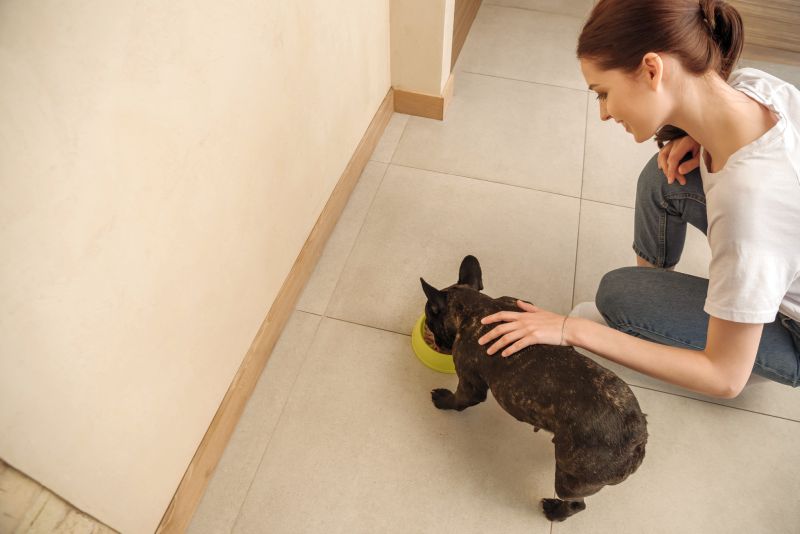
We’ve covered the basics of hydrolyzed dog foods, but this novel doggy diet can be tricky to understand, so you may have some lingering questions and concerns. Let’s jump into them!
Is hydrolyzed protein good for dogs?
Hydrolyzed protein foods are vet and animal nutritionist-formulated, so they’re nutritionally sound for dogs. They’re also easier to digest and feature broken-down proteins that don’t always trigger an immune response. This makes them a solid choice for canines with health conditions like irritable bowel disease or multiple food allergies.
What are the side effects of hydrolyzed protein dog foods?
In some cases, dogs can continue to have skin reactions or digestive upset like diarrhea while eating hydrolyzed dog food. Other pups may experience new issues like constipation or new cases. Your pup may also refuse to eat hydrolyzed protein foods, as they’re less flavorful and odorous than traditional options.
Another unfortunate side effect is the cost to you. Hydrolyzed dog foods come at a heavy financial toll. For most families, that’s a tough expense to swallow, but it can be downright painful or impossible with a large pup at home.
Do dogs gain weight on hydrolyzed protein dog foods?
Some dogs can gain weight on hydrolyzed protein dog foods, especially those who’ve been unable to absorb nutrients due to severe gastric upset. In these cases, weight gain is necessary and welcomed.
If you notice your normally svelte barker gaining weight on a hydrolyzed protein dog food, call your vet to ensure you’re feeding the right amount of food and that nothing else is to blame for the extra pupper pounds.
What is hydrolyzed protein made from?
Hydrolyzed proteins feature everyday proteins like chicken liver, soy, or salmon. They’re broken down using water in a process called hydrolysis, which gives them their fancy name. By significantly reducing the size of the proteins, they’re less likely to trigger an immune response in dogs, avoiding negative skin or digestive reactions.
How long should a dog be on hydrolyzed dog food?
Since hydrolyzed dog foods are vet-prescribed, it’s important to feed them as long as your vet recommends. Sometimes, this can be a six to twelve-week span while you’re doing an elimination trial of foods, or it can be long-term to treat chronic canine conditions.
If you’re struggling to cover the expense of hydrolyzed dog food over time, don’t shy away from mentioning it to your vet. They may have manufacturer coupons to reduce costs or suggest less expensive options to try, like switching to a novel protein like rabbit or goat, opting for another hypoallergenic dog food, using a limited-ingredient food with a single protein source, or trying a vet-formulated home recipe.
Does your dog have food allergies? Has she eaten hydrolyzed dog food? Share your experience in the comments. We’d love to hear!
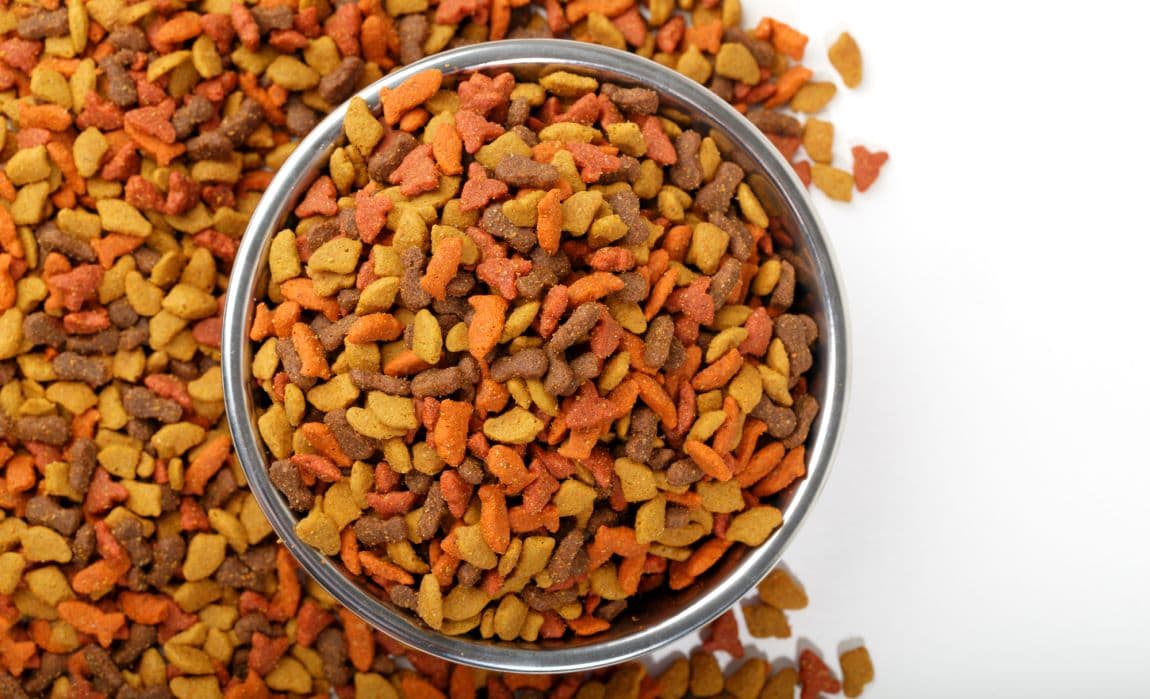

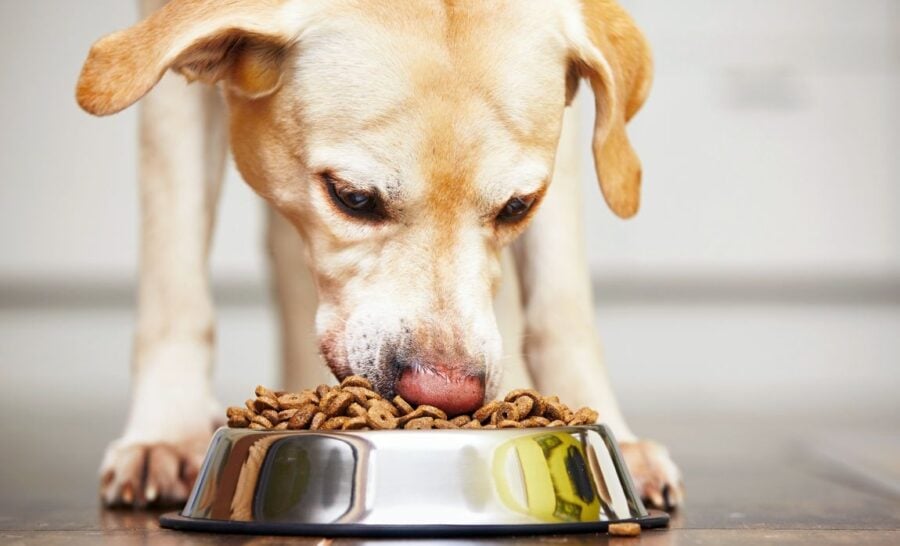



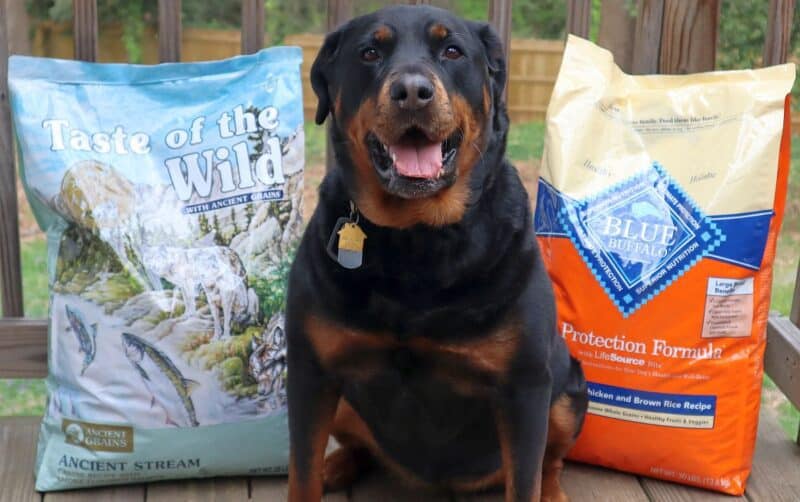
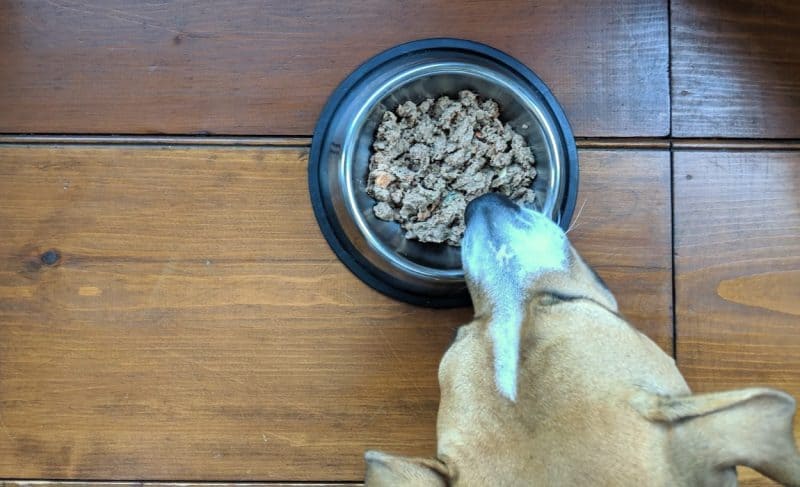
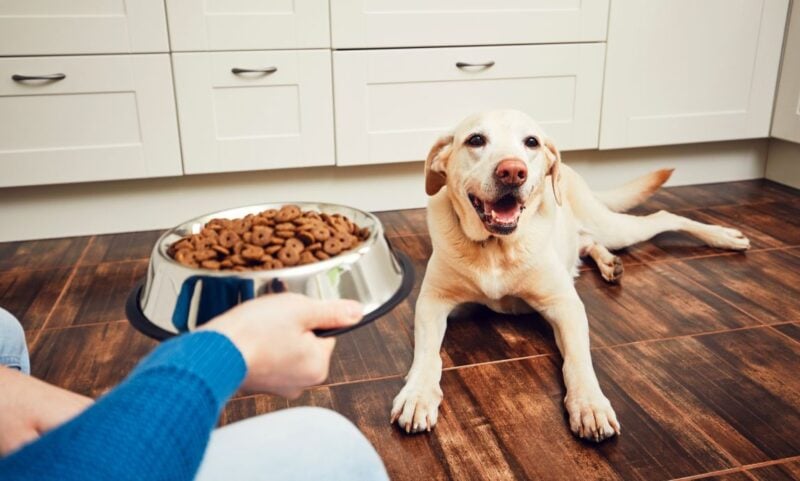
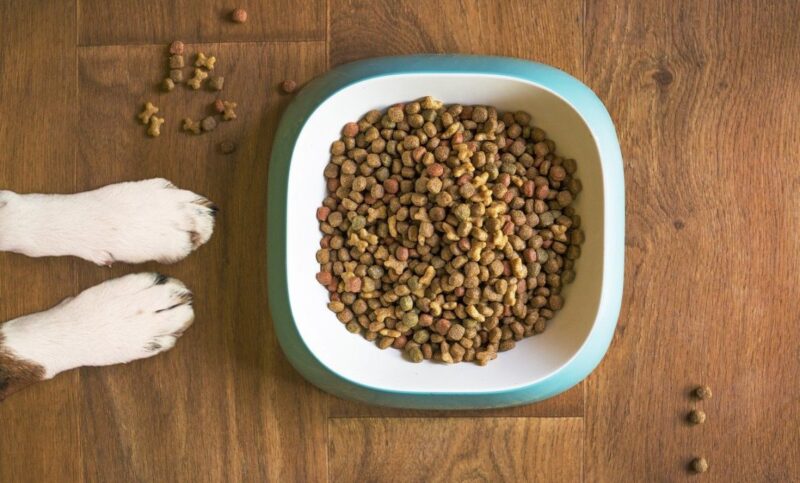



Leave a Comment